Could you help us to achieve remote control of valves on pipes?
Many kilometres of pipes can be found at Shell’s site in Moerdijk. These pipes are equipped with valves that control the flow of the product passing through them – if necessary, they can stop and restart the flow. The entire site contains thousands of valves of various types (both wheel and lever) and sizes (from 2-inch to 64-inch). Most of these valves are controlled manually.
These valves have to be closed—for example, during a shutdown—on different frequencies. An operator has to close the valves by hand. Similarly, when the factory restarts and the valves need to be opened again, an operator has to do so.
This takes up a lot of an operator’s time, especially when many valves have to be closed or opened simultaneously. This has a number of negative consequences:
- An operator’s time is scarce and because closing valves is time-consuming, other tasks have to be postponed.
- From the moment a valve has to be closed until the moment it is actually closed, product continues to flow through the pipe. In most cases, this product has to be considered waste, which is costly.
- The reopening of valves is also time-consuming, which means that the site cannot restart production until later.
In addition, opening or closing a valve is truly manual work. This means there is always a risk of accidents.
To avoid the negative consequences mentioned above, Shell is looking for a solution to operate the valves remotely and from a single control point.
What are we looking for?
Shell is looking to upgrade its current manually operated valves. This means we are looking for a component that can be placed onto the valve, which can be operated remotely. The solution should consist of two parts: (a) the component for each valve and (b) a central system that can operate all components remotely.
(a) The component must meet the following requirements:
- The current valve is not replaced but upgraded with a component. The component should be installable without having to open up the pipe.
- The valve must also remain manually operable.
- The component should be remotely controllable.
- The component must be operable wirelessly from a central control point.
- The component must be able to open and close the valve within 10 minutes.
- The component must be reusable in case a valve needs to be replaced.
- The component should be usable for a range of sizes, so that a new type does not have to be developed for each size. Most valves fall in the range of ¾ inch and 10 inches. We need a component that covers as much of this range as possible.
- The component should not be too expensive so that scaling up is realistic. Depending on the size of the valve, the component may cost between EUR 5k and EUR 10k, including the connection to the central system.
- A pilot with the component may be limited to two cases: V601 pumping with a single handwheel valve and MEG tanks pumping, with multiple valves using a lever that should be operable simultaneously.
(b) The central system must meet the following requirements:
- The system must include a control panel placed at one central location and an infrastructure.
- From the control panel, all components must be controllable wirelessly.
- From the control panel, all components must be controllable simultaneously as well as individually.
The system must be able to potentially be integrated into Shell’s current control system, but for the pilot this is not yet necessary.
What are we not looking for?
Shell is not looking for a component:
- that replaces the current valves. It must be an upgrade from the current manual valves, and the components must be able to be installed without a full maintenance shutdown. This means that automatic flap valves, which require opening up pipes for installation, are ruled out.
- such as a robotic arm. While a robotic solution is not ruled out, a robotic arm for each valve is probably too costly.
Shell is not looking for a system:
- that is wired. The system should be wireless.
- that interferes with the function of operating the valves manually.
- that conflicts with current control systems at the site.
What’s in it for you?
Initially, a few valves will be upgraded during a pilot. However, the solution must have the potential for large scale-up. At Shell’s Moerdijk site, hundreds of valves need to be upgraded, depending on the cost of the solution. Moreover, after a successful pilot, further development for other types and sizes of valves, beyond the range we have chosen initially, will be discussed.
In addition to Moerdijk, Shell’s Pernis and Rijnland sites have the same problem. In fact, this solution should be relevant to all our existing sites. A suitable solution for Moerdijk will also work elsewhere. Shell Moerdijk is happy to help approach those sites when the solution has been tested and meets all requirements. Other systems will be designed for new sites.
For the pilot, a budget of at least €10,000 will be made available by Shell. This is intended for the development and testing of the application. A voucher of max €10,000 will also be granted by SynchUp!
How can the challenge program benefit you?
- An innovation contract with a launching customer/partner!
- Funding (€10,000 vouchers, to be spent in the regional ecosystem for e.g. testing, lab and demo facilities, IP consulting, etc.)
- Coaching and counselling
- A stage and free publicity
- Knowledge and contact with experts
- Access to a network of potential partners & customers, resources and research facilities
The challenge program
SynchUp! is an initiative of REWIN West-Brabant. BOM, Ministry of Economic Affairs and Climate Policy, Provence Noord-Brabant are involved as partners for the challenge program. Together we aim to provide innovative entrepreneurs and startups the possibility to create and develop their idea/product and to put this on the market. This supports the common goal: to accelerate innovations and transitions and strengthening the ecosystem.
Conditions of participation
Essentially, we are looking for a solution that is being used in a similar industry and that is quickly (approximately within one year) implementable. It may be a start-up but, due to the desired upscaling, we are looking for a party that can do this rather quickly. The pilot should preferably be realised at the Moerdijk site. Because of Shell’s global potential and presence, an international contestant may also provide the solution.
Shell aims for a customer-supplier relationship.
Your pitch (max 6 pages / 18 slides)
- Concept description
Describe your concept in as much detail as possible. - Pilot description
Please provide a brief description of what it will take to prototype and/or pilot and what you will need from us to do so. - Team description
Provide a brief description of the company and team that plans to work on the pilot.
There are no formal requirements for the pitch (presentations, slide decks & letters are all allowed), apart from the fact that it must be uploaded as a PDF file (A4, landscape or portrait) with a max. size of 30MB. Videos, example websites and so on can be included as links.
Timeline challenge
- 9 June ‘23 – 12.00 pm: Challenge launch – open for applications
- 14 September ’23 – 5:00 pm: Challenge deadline – sign up no later than 5 pm
- 26 September ’23: Longlist announced – A longlist of start-ups/scale-ups that are invited to meet the challengers is announced
- 4 October ’23: (Digital) introduction meetings with challengers & participants + information session about confidentiality and IP
- 11 October ’23: Shortlist announced based on interviews – A shortlist of start-ups/scale-ups that will be given the opportunity to work on an innovation contract is announced
- 12 Oct through 27 Oct ’23: Make schedule & working agreements + coordinate NDA if necessary
- 12 Oct through 15 Sep ’23: Challenge weeks – sessions with challengers, participants & coaches to arrive at an innovation contract
- 30 November ’23: Apply for vouchers – submit draft innovation contract + apply for vouchers
- 15 December ’23: Vouchers awarded – submit final innovation contract + vouchers are awarded
- 16 December ’23: Start of development & collaboration (pilot)
Questions?
If you have any questions about this challenge, please head to the contact options below. For more information about the challenge program, click here.
Background information
Shell Chemicals Park Moerdijk is a 45-year-old site that is currently in transformation. Not only are we working very hard to greatly reduce our CO2 emissions, but we also aim to digitise the site. This includes automating operational tasks. Intensively working on the site has given rise to the idea for this challenge . Currently, a lot of operational time is needed to manage the site properly. This includes, among other things, manually operating the valves. We would like to automate this process with your help. If we can find the right valve adjustment, this could mean significant benefits in terms of operational time.

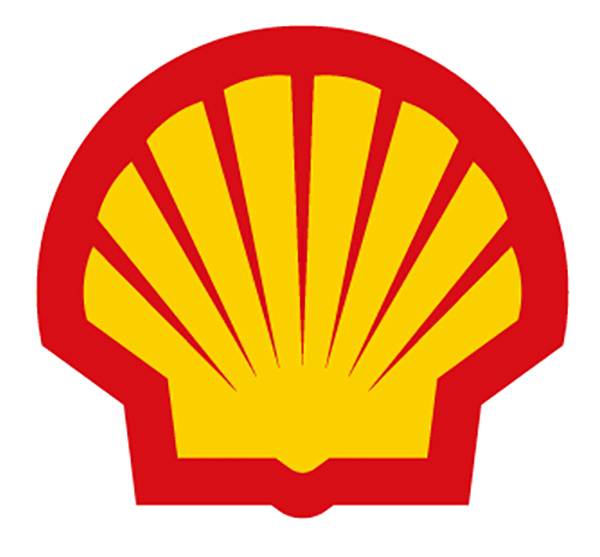

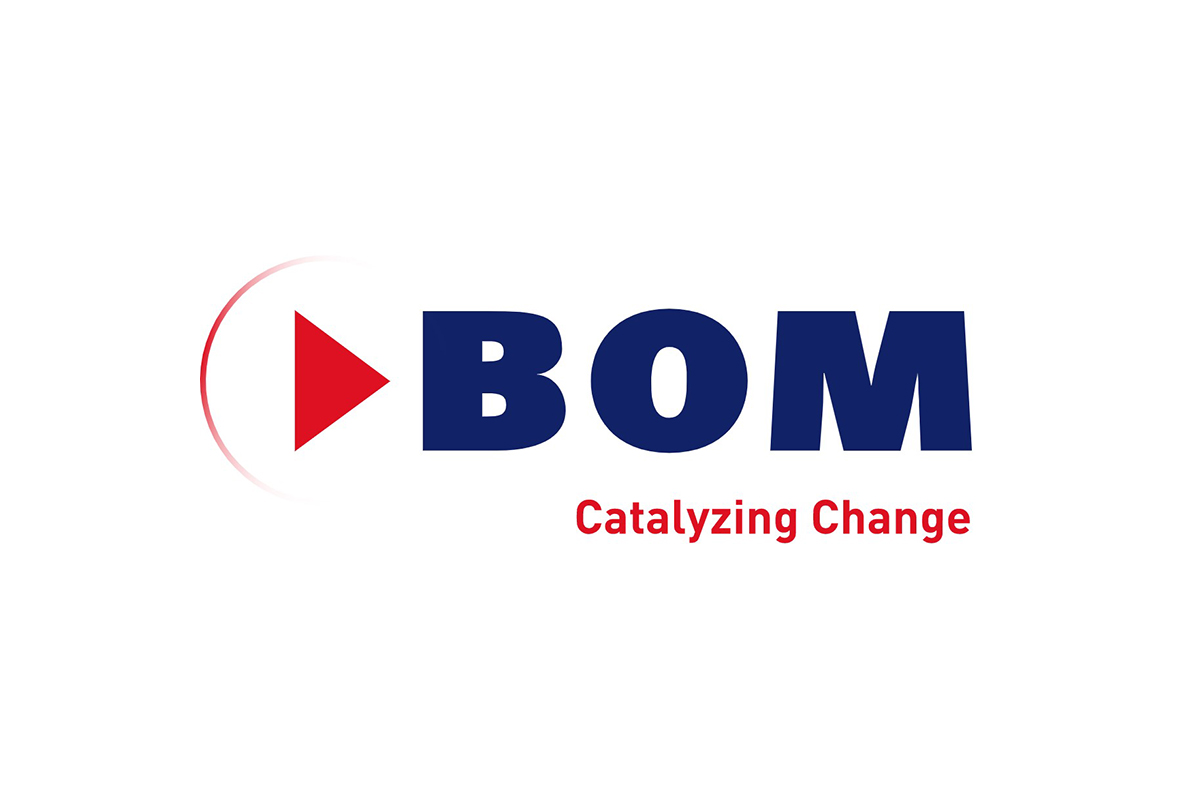
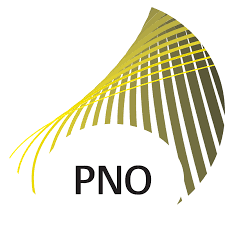
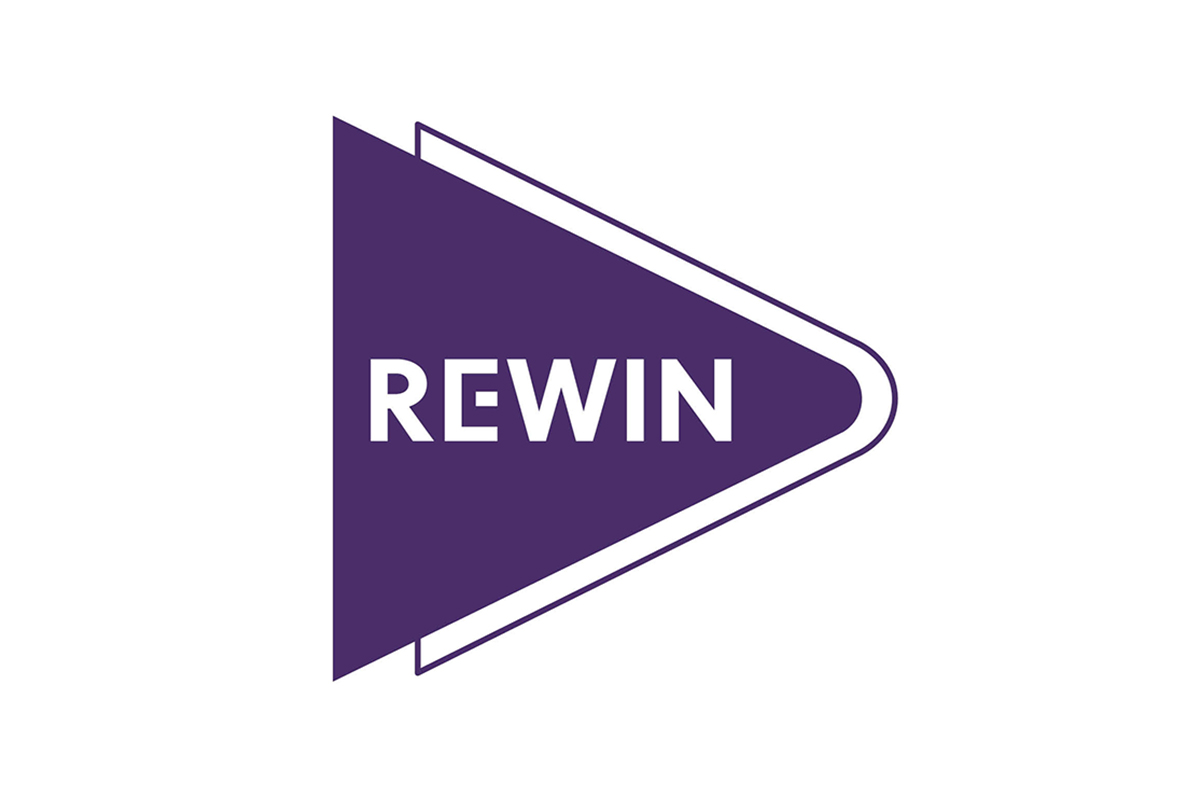
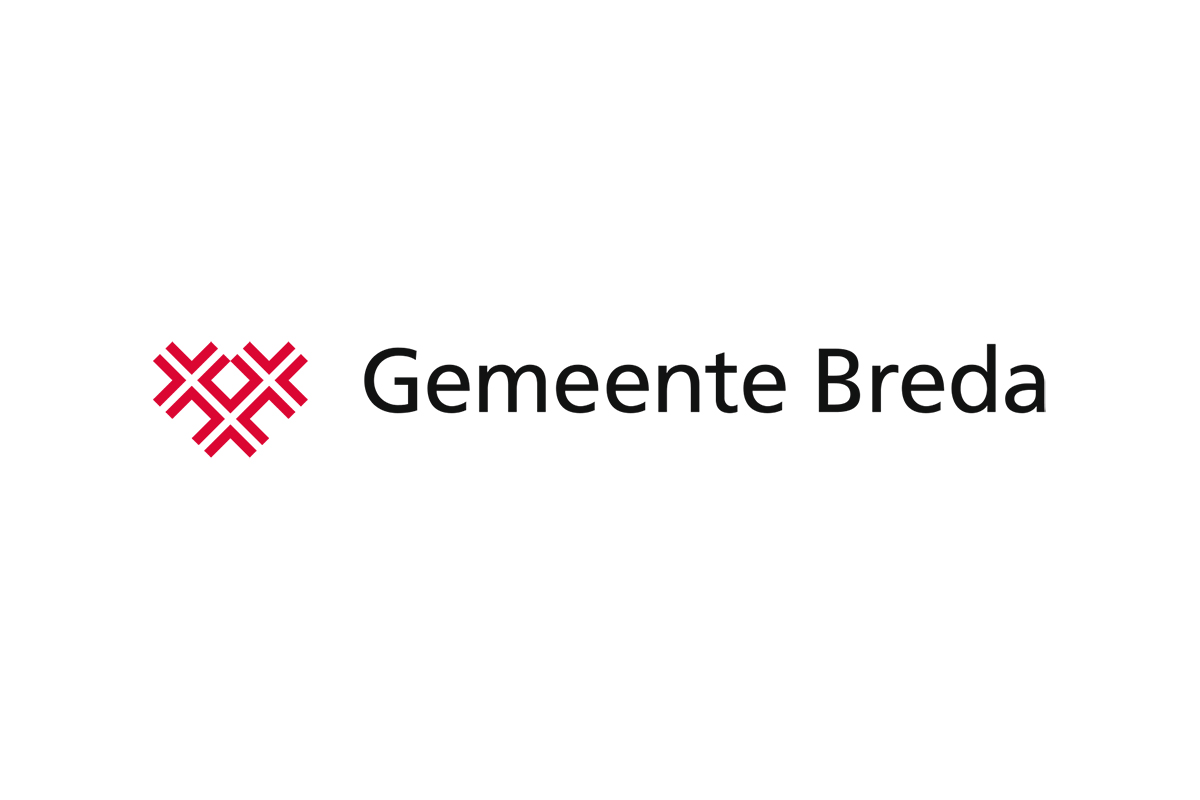
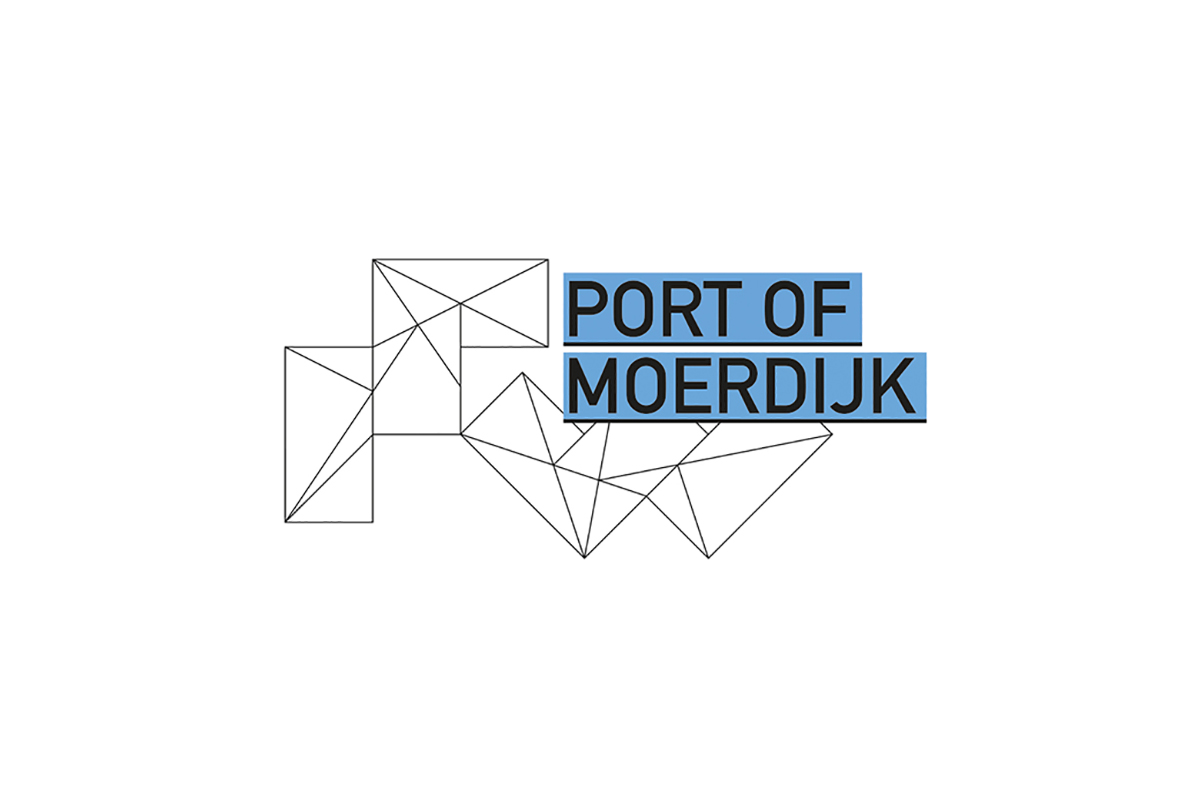
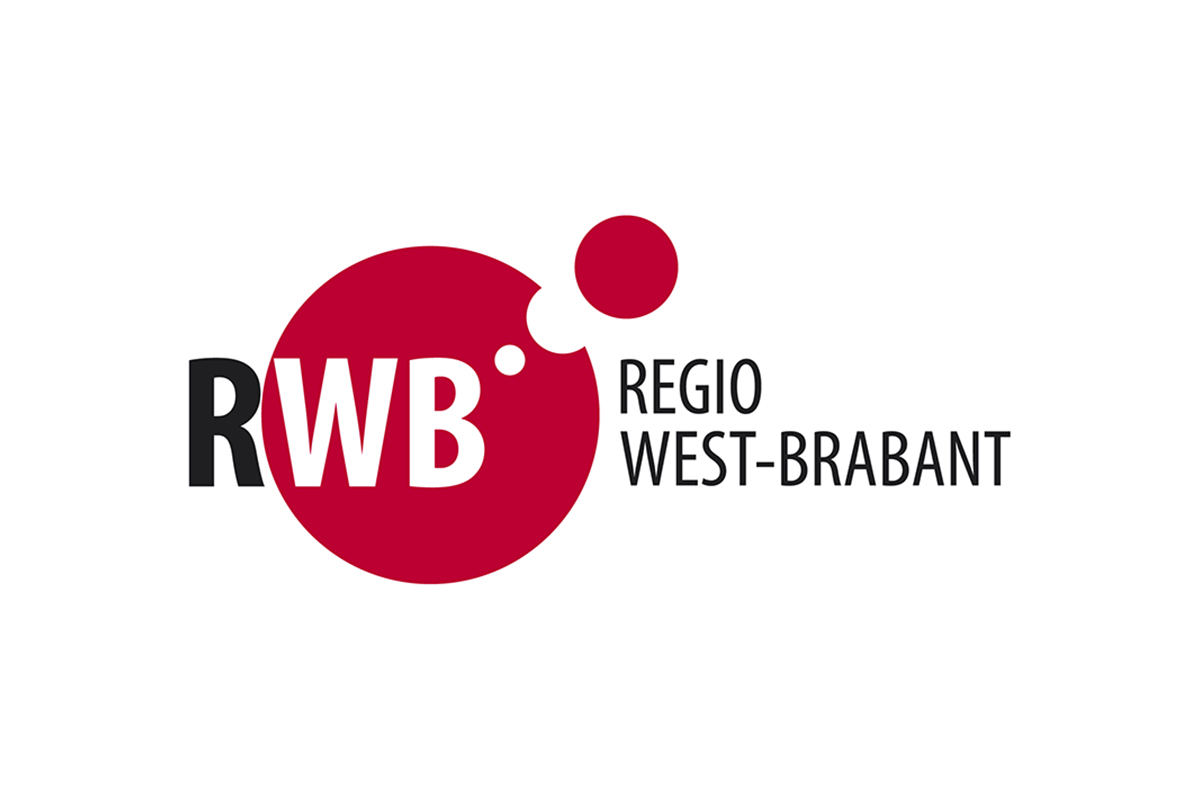
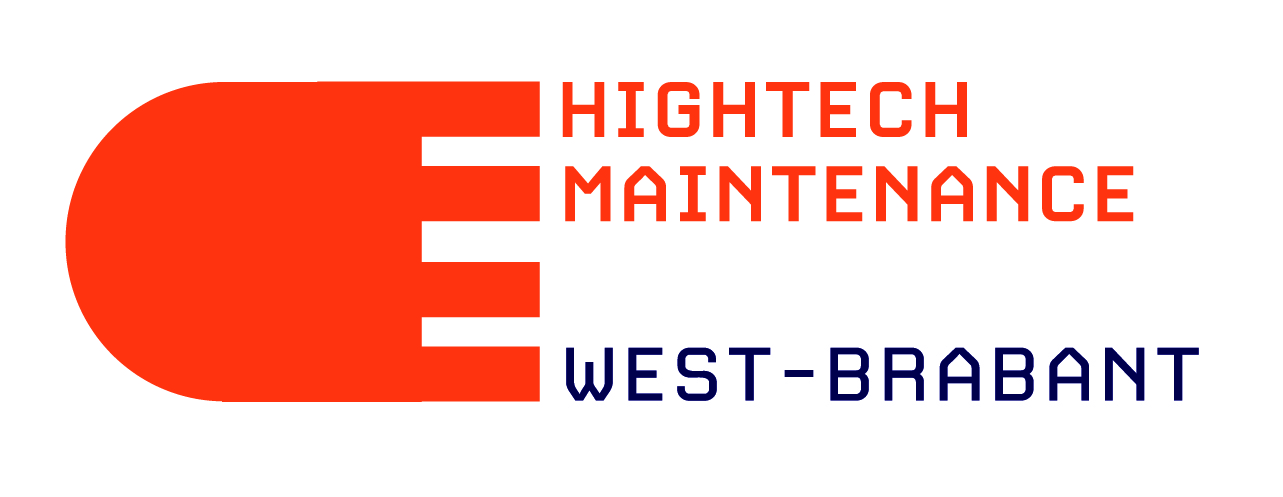
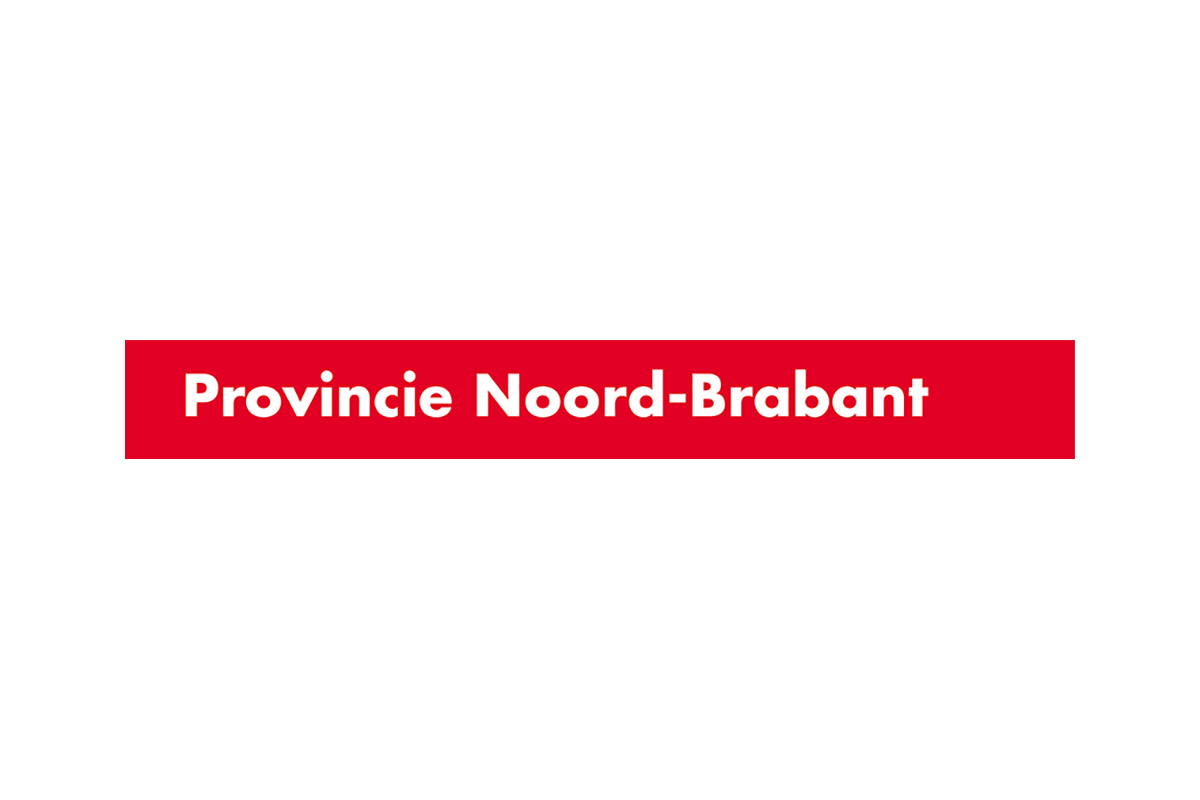
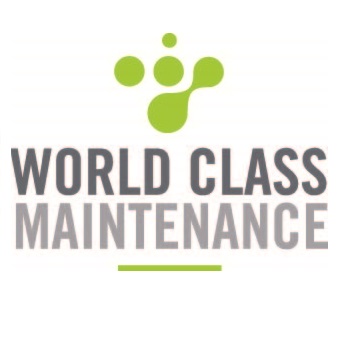
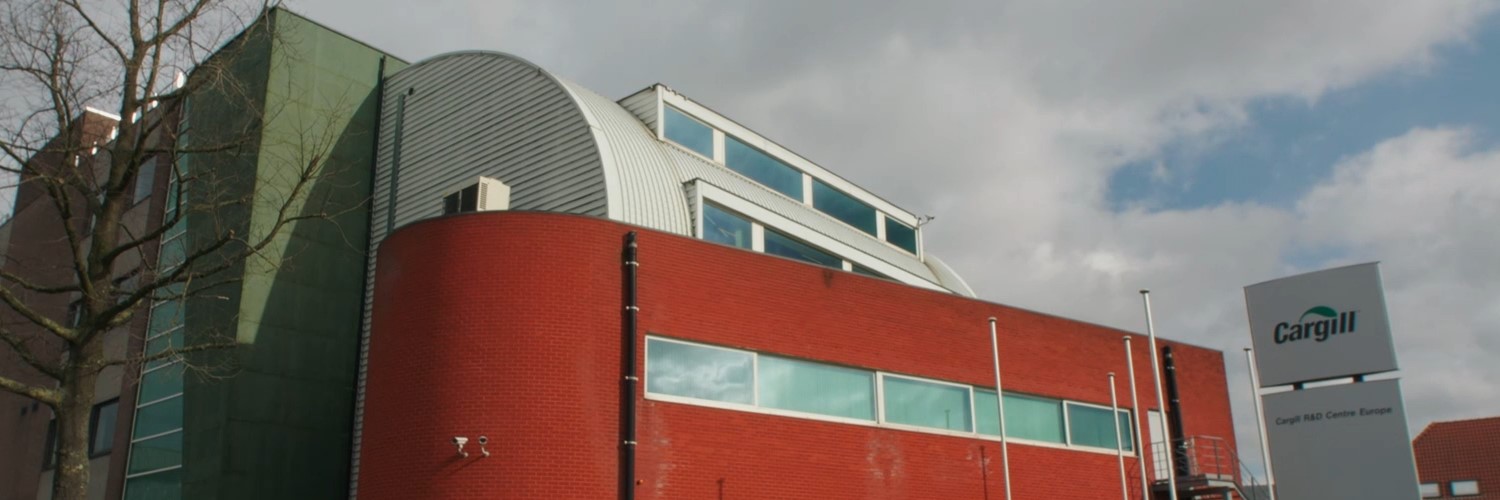

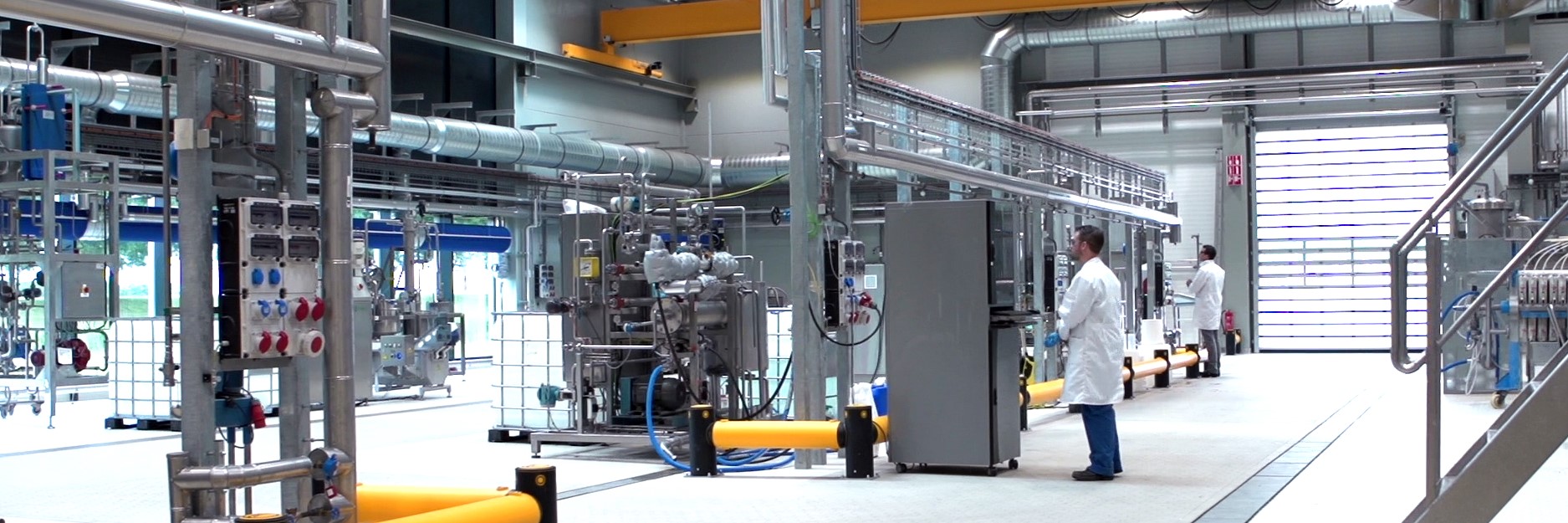

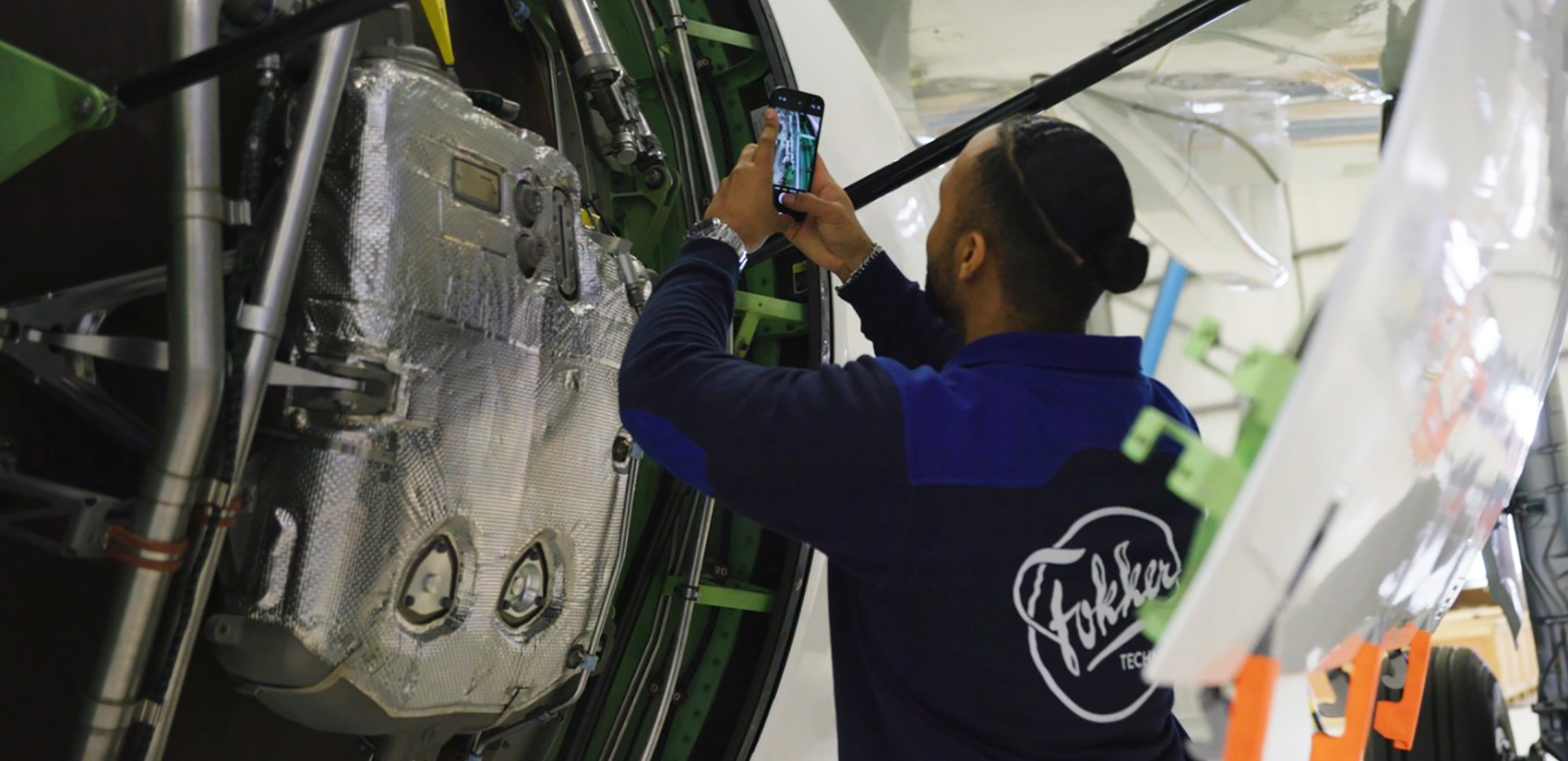


4 Responses
– Can you provide compressed air?
– Is electrical power available in the field near the manual valve you are looking to automate?
– Which hazard area classification you have in this area?
– What is the normal distance we have to bridge from the valve to the control room
– How many valves are in the in one area distance of 100 to 300 m?
Hi Ulrich
Thank you for your questions.
I tried to answer them as good as I can, but for some answers I need some additional background.
Hope this already helps.
Very best regards
Eric
– Can you provide compressed air?
I guess that would be possible
– Is electrical power available in the field near the manual valve you are looking to automate?
Yes
– Which hazard area classification you have in this area?
ATEX zone
– What is the normal distance we have to bridge from the valve to the control room
Approx 100 mtrs
– How many valves are in the in one area distance of 100 to 300 m?
I don’t understand the question. Talking about handvalves or automated valves?
How many valves are in the in one area distance of 100 to 300 m?
I don’t understand the question. Talking about handvalves or automated valves?
This is to understand the no of valves in a range of 100 – 300m area.
I really don’t know, but based on standard design; within 300 m area perhaps 100 valves (manual and Automated)
I still don’t understand why this is relevent for this challenge.